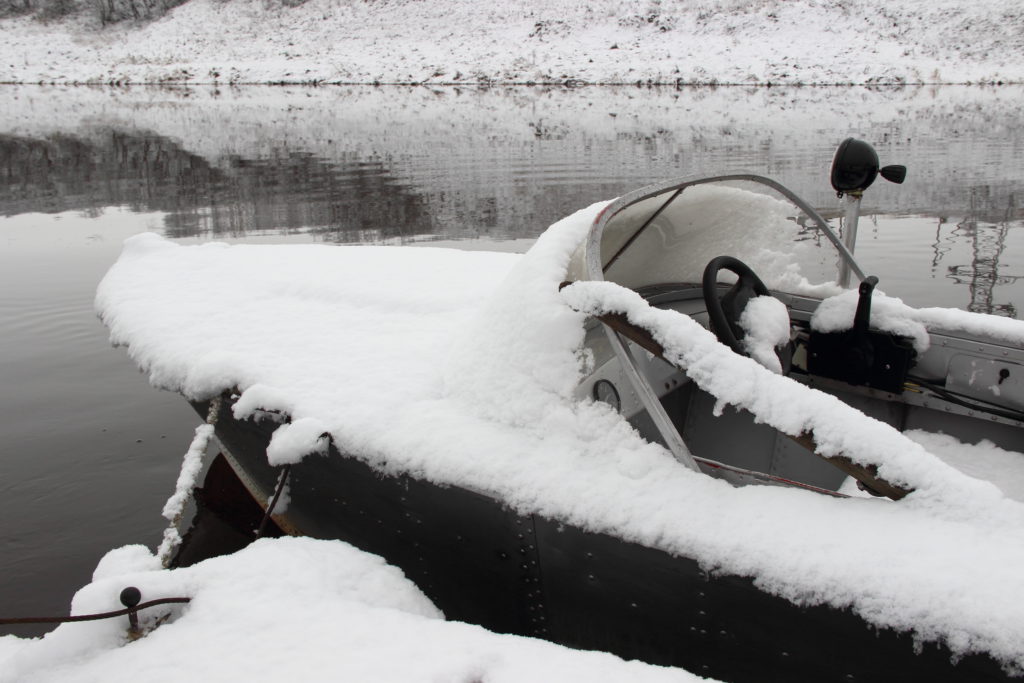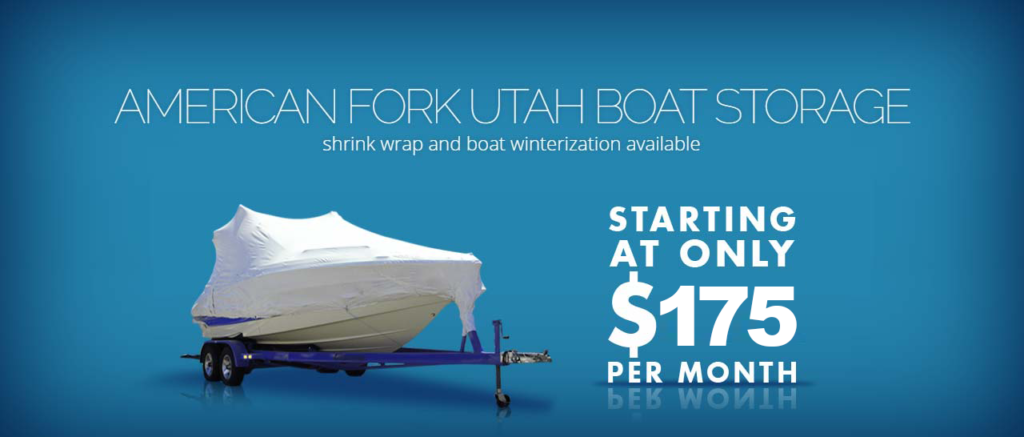How to Protect Your Boat During The Utah Winters


AMERICAN FORK, Utah – The high altitude in Utah combined with all the minerals in the water and the freezing temperatures can damage boats stored during the winter months unless owners take action to protect them.
The newer ski, wake, and surfboats cost well over $100,000.00 and most owners want them to last beyond the warrantee, but that requires thinking ahead. “Once you buy your boat you need to take good care of it,” says Rory Burk, owner of the Good Life Boat Company in American Fork. Burk started his boat maintenance business a dozen years ago and services hundreds of boats a year. “The winter months will kill a new boat,” Burk said. “Unless you do a few simple things.”
Here is the list of 7 tips that Burk advises owners to do in order to protect their investment.
- Wash your boat – Most of the lakes in Utah have a high salt content and other minerals, failure to wash them away can corrode the metal on the boat and mar the gel-coat making the finish look dull. Using a quality marine boat wash with a long handle soft brush works best and then rinsing the boat with fresh water. Dry the boat completely to prevent any freezing.
- Drain and replace the engine oil – Examine the oil as you drain looking for water or other contaminants, this is an indication of a larger problem that you will need to address before replacing the oil. It is best to also replace the oil filter each year.
- Drain, inspect and replace the lower unit oil– Again, look for water or other contamination in the oil that may indicate a serious problem that needs repair before spring.
- Examine the propeller – Look for fishing line, rope, clothing or anything else that might be wrapped around the prop, if you cannot remove it take the boat to the dealer or a boat repair shop. Remove the propeller and inspect it for nicks or chipped paint. Even the slightest damage to the propeller will cause damaging engine vibration when you launch the boat the next spring. Replace the propeller if necessary and then coat it with waterproof grease to prevent any freezing during the winter months.
- Remove the drain plug and blow out any standing water – The last thing you want is standing water that will freeze when the Utah thermometer drops below 32 degrees, which it frequently does between October and March. The expanding frozen water will damage all parts of the boat including the hull and the engine. Use a high-pressure air-hose to get rid of any standing water inside the hull or other parts of the boat.
- Treat the engine fuel – Pour a bottle of Quick Shot into the gas tank and run the engine to circulate it through the system.
- Store your boat – This is the most critical decision you will make because improper boat storage is the main issue that causes damage to boats during the winter months. There are 3 issues that Burk says that owners need to consider before selecting a storage option: Budget, Convenience and Availability.
Here are the storage options

Trailering – This is the least expensive and most common option but the least effective way to store a boat during the winter months. The advantage is that the boat owner can park it on the side of the house or in the back yard and avoid any storage fees. It is convenient because it is always close and available for repair or service, but the boat is exposed to the elements, vandalism and theft.
Marina slip – Aside from Lake Powell this option is not common in Utah and keeping a boat in the water at Lake Powell is not advisable because of the mussel contamination problem. This option provides easy access and convenience but is expensive and is best done in southern waters.
Outdoor storage – This is the least expensive of the professional storage options and the boat doesn’t take-up space at the home. The boat has 24-hour security and the owner can easily access the boat for repairs, take it to the dealer or quickly pick it up when the weather warms up. But the boat is exposed to the elements with little protection and the owner is usually on their own for winterization before storing.
Boat wrapping – Wrapping the boat in plastic after winterization will protect it from the elements almost as well as putting it inside a storage unit or warehouse, but for a lot less money. However, It is impossible to access the boat for repairs without removing the plastic. If parked in a professional outdoor storage facility the boat has 24-hour security protection against theft and vandalism.
Rack storage – The boat is stored in a covered shed or warehouse and can be removed with a forklift usually at the end of the winter. It is less expensive than individual storage units, provides climate control and 24-hour security, but does not provide access to the boat for repairs during the winter months and is less convenient that individual storage.
Indoor storage – This is the most popular option for owners concerned about protecting their investment as it provides easy access, convenience, and security. The individual units are climate controlled, have 24-hour security in addition to a lock on the door that allows the owner access for any repairs, to trailer the boat to the dealer at any time, or to just look at the boat they are paying for. Most units are large enough to store other items along with the boat, like surf and wakeboards, camping equipment, and wave runners.
